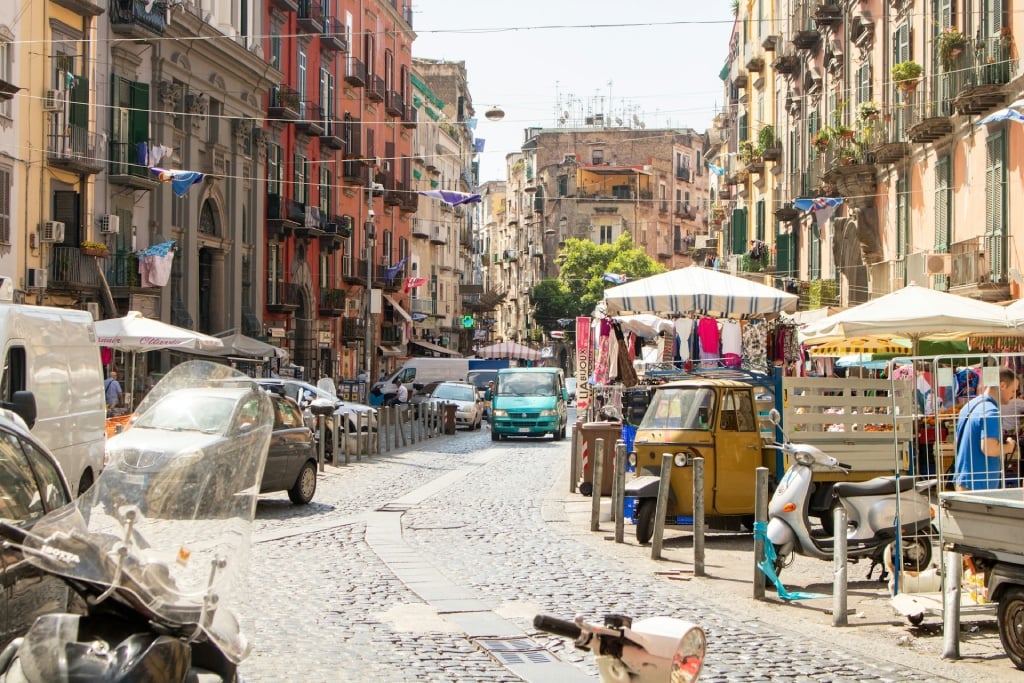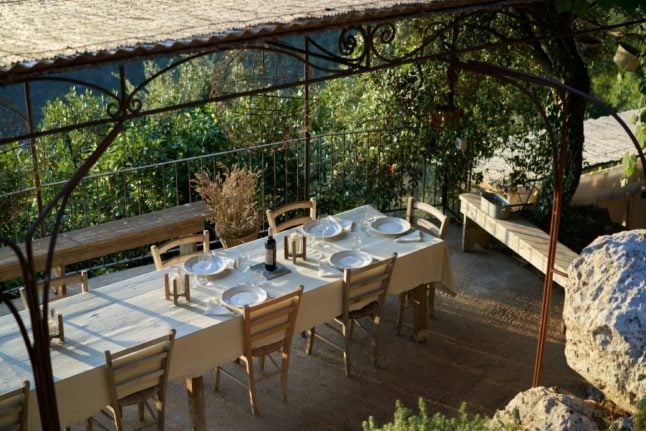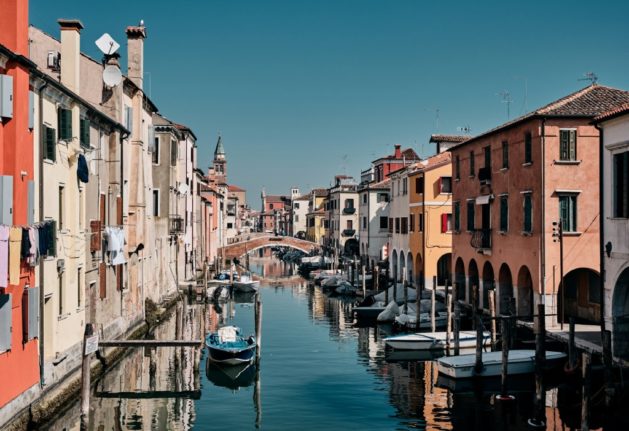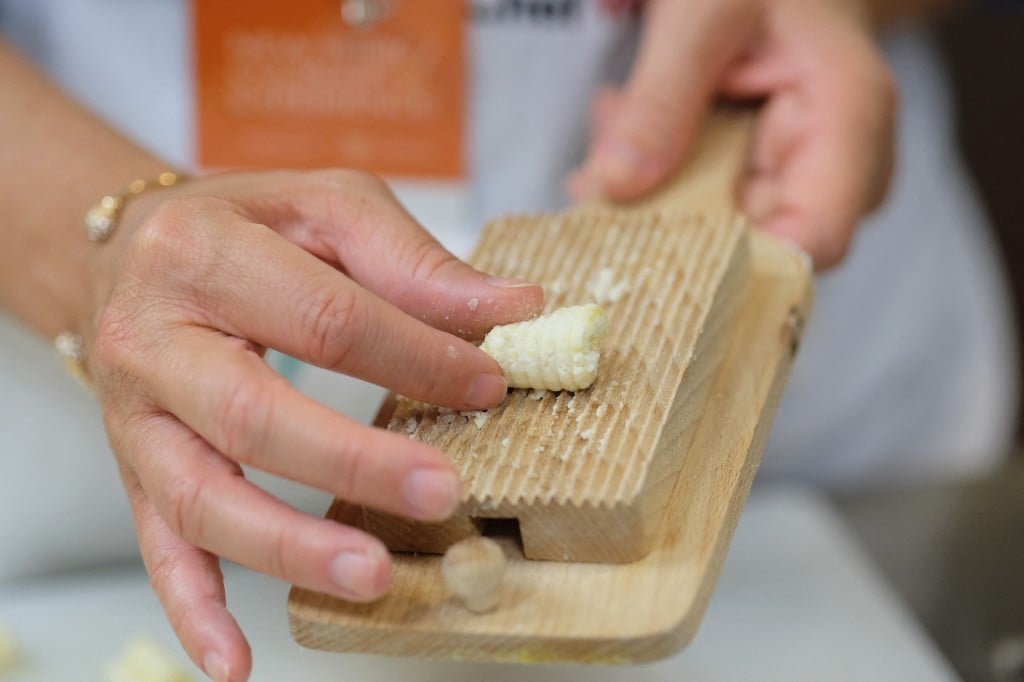La Bella Vita is our regular look at the real culture of Italy – from language to cuisine, manners to art. This newsletter is published weekly and you can receive it directly to your inbox, by going to newsletter preferences in ‘My Account’ or following the instructions in the newsletter box below.
Less elaborate than French cuisine, Italy’s cucina uses simple ingredients and tends to prioritise fresh local produce over complex cooking techniques.
But while it may not be as sophisticated as its French counterpart, even an informal Italian dinner is still a multi-course affair, often stretching over several hours and involving various stages.
If you’re invited into an Italian home for dinner, or are planning an Italian-style dinner yourself, here’s a useful rundown of the courses you can generally expect from a typical cena.
Antipasto to amaro: What to expect from every step of an Italian dinner
It’s a common scenario for foreign nationals in Italy: you’re at the local bar-pasticceria sipping on your frothy morning cappuccino and savouring a cornetto when you suddenly get the feeling that the Italian customers you’re overhearing aren’t actually speaking Italian at all.
Well, that may be because they aren’t.
From Veneto to Sicily, almost every corner of the country has its own regional dialect, though ‘dialect’ isn’t always the most appropriate way to describe Italy’s dialetti as many have evolved separately from what we know today as Italian and could be seen as languages of their own.
Though dialects were once preferred among locals over ‘standard’ Italian, even in formal settings, official statistics have shown for years now that only around 14 percent of Italians still speak their dialect at home.

So does that mean that Italian dialects are disappearing for good, or are they simply evolving? Our writer Silvia Marchetti looks into how their use is changing in the article below.
Are Italy’s many dialects dying out – or just evolving?
Italian counts around 67 million native speakers around the world, and the way the language is used by these speakers isn’t always what visitors or new learners expect.
Confusion often surrounds words that have crept out into the big wide world and taken on new meanings elsewhere.
We’ve put together eight words which you may never hear native speakers use (or at least not with the meaning you might expect).




 Please whitelist us to continue reading.
Please whitelist us to continue reading.
Member comments